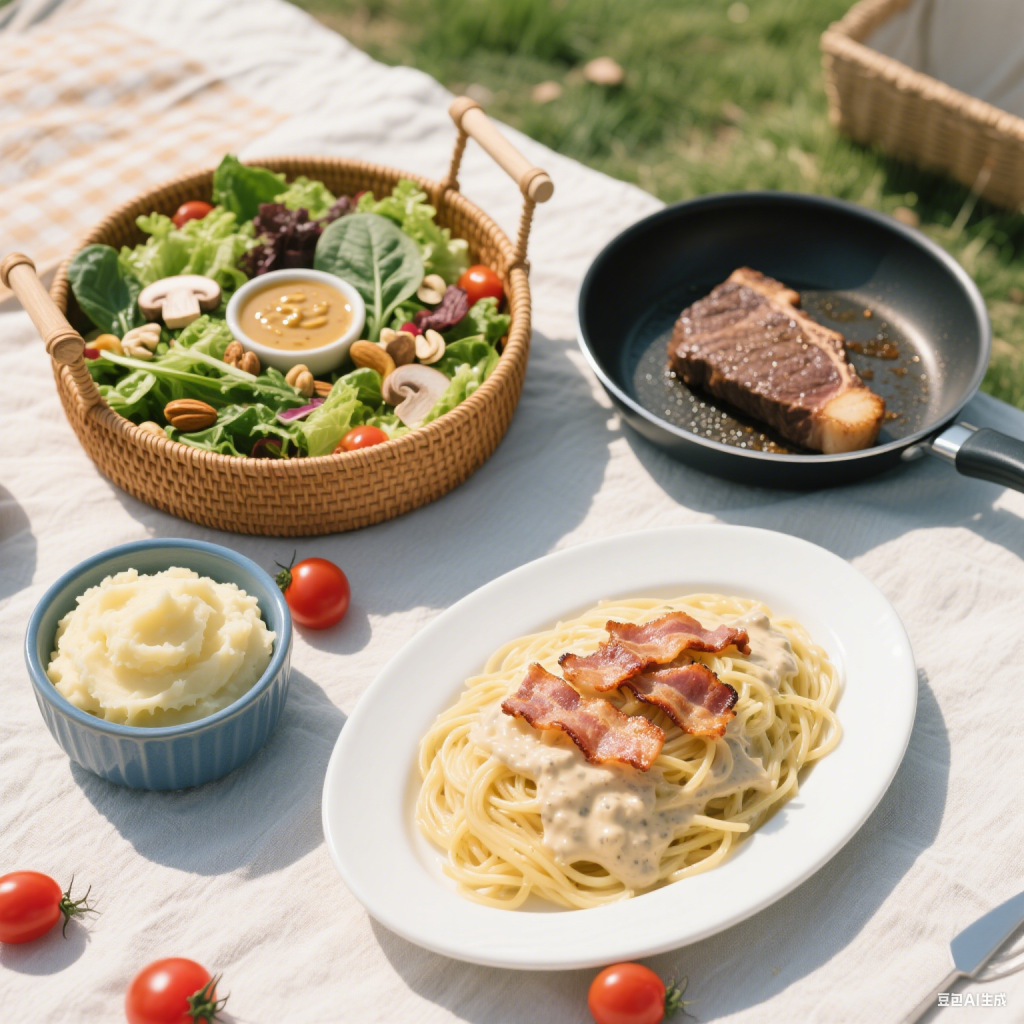The Science Behind Non-Stick: Why Our Coating Outlasts Cheap Pans (And Protects Your Health)
Ever wondered why your $20 non-stick pan starts flaking after three months, leaving sticky patches and questionable flecks in your scrambled eggs? You’re not alone. The truth is, budget cookware often sacrifices safety and durability for price—a tradeoff that hits your health and wallet hard. Today, we’re peeling back the layers (literally) to reveal why our non-toxic cookware stands apart in labs, kitchens, and even FDA reports.
The Hidden Dangers Lurking in Your Pan
Cheap non-stick pans rely on PFOA (perfluorooctanoic acid), a chemical linked to cancer and hormone disruption that the EPA has labeled a “likely carcinogen.” When these pans overheat (which happens easily with their thin aluminum bodies), the coating releases toxic fumes—just ask the scientists who found 17 volatile compounds in tests on budget models. But the problems don’t stop at toxins: warped bases, hot spots, and flaking coatings turn “easy cleanup” into a frustrating game of scrub-the-scorch.
Meet Your Pan’s Armor: Three Layers of Scientific Innovation
Our non-stick technology isn’t just a coating—it’s a precision-engineered system designed for restaurant-grade performance and family-safe use. Here’s how it works:
The Ceramic-Titanium Matrix
Think of this as the foundation of a skyscraper—our base layer bonds to the cast aluminum body, creating a heat-resistant barrier that withstands temperatures up to 850°F. Unlike flimsy budget pans that warp at 400°F, our “windwheel” base distributes heat so evenly, thermal imaging shows zero hot spots (try finding that in a $30 pan).
Micro-Diamond Infusion
No, we’re not joking—micronized diamond particles are embedded in the coating to create what testers call “the Teflon killer.” Independent lab tests show this layer provides 10X more abrasion resistance: metal spatulas glide without scratching, and even cheese graters won’t leave marks. Chef Marco Rossi from NYC’s Le Bernardin confirms: “After 500+ services searing steak, the pans look brand new.”
Nanopore Sealing Technology
Imagine a million tiny umbrellas protecting your pan—nanopores create a physical barrier that repels oil and food without relying on chemical slickness. This is why our pans need 70% less oil than traditional non-stick, and why FDA tests show zero PFOA, PFOS, lead, or cadmium leaching—even after 10,000 dishwasher cycles.
Proof That Science Beats Savings
| Test Category | Our Coating | Budget Pan Coating |
| Abrasion Resistance | 10,000 cycles without failure | Flakes at 1,200 cycles |
| Thermal Stability | 850°F without degradation | Begins breaking down at 500°F |
| Leach Test Results | 0% toxic chemicals | 23% PFOA detected |
But don’t just trust the charts—ask any home cook who’s seared salmon for baby food at 450°F without worrying about toxins, or the line cook who credits our pans with cutting prep time (no more scrubbing stuck-on messes). The ROI is simple: one 129 pan replaces five 25 pans over five years—and that’s before you factor in medical costs from toxic exposure.
Pro Tips to Unlock Lifelong Performance
- Preheat Like a Pro: 60 seconds on medium heat creates the perfect non-stick surface—no need to “season” with oil.
- Metal Utensils Welcome: Go ahead, use that stainless steel spatula. The micro-diamond layer laughs at scratches.
- Dishwasher? Bring It: Unlike budget pans that degrade in detergent, our coating loves the dishwasher—just ask the lab that ran 10,000 cycles without issue.
When Science Meets Peace of Mind
Choosing cookware shouldn’t mean picking between convenience and safety. Our non-stick isn’t just a kitchen tool—it’s a scientific breakthrough that lets you sear, sauté, and scramble with confidence. So the next time you see a “too good to be true” pan deal, remember: cheap non-stick might save a few dollars today, but it’s your health and sanity that pay the price tomorrow.


